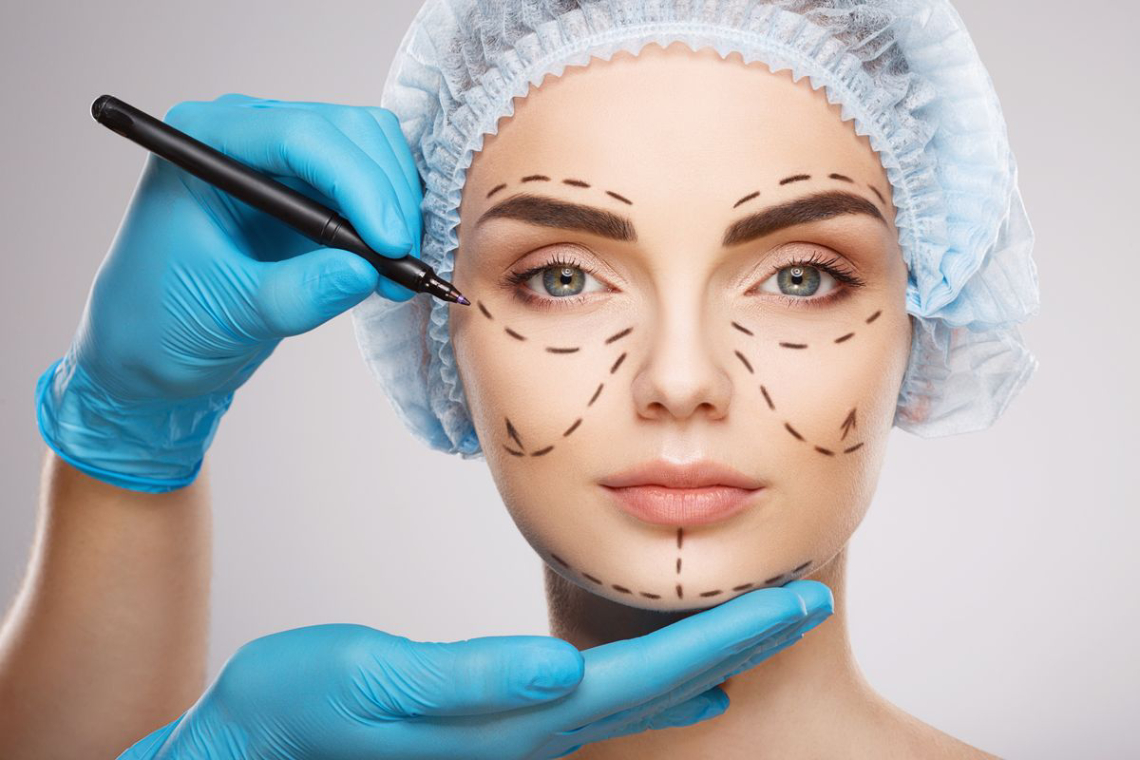
Upper Eyelid (General)
Upper eyelid surgery, or blepharoplasty, is a cosmetic surgical procedure designed to improve the appearance of the upper eyelids.
Upper Eyelid Surgery (General)
Upper eyelid surgery, or blepharoplasty, is a cosmetic surgical procedure designed to improve the appearance of the upper eyelids. This treatment involves the removal of excess skin, fat, and muscle from the upper eyelids to create a more youthful and refreshed appearance. It is particularly beneficial for those who have drooping eyelids due to aging, genetics, or other factors.
Why Is Upper Eyelid Surgery Needed?
As we age, the skin around our eyes can become loose and sag. This sagging skin on the upper eyelids may not only cause a tired appearance but can also impair vision. For some individuals, the excess skin can obstruct their upper field of vision, making tasks like reading or driving more difficult. Upper eyelid surgery can restore both appearance and function, creating a more open and youthful look.
The Procedure
The procedure typically lasts between 1 to 2 hours and is performed under local anesthesia or general anesthesia, depending on the complexity of the surgery and the patient’s preferences. The surgeon will make small incisions along the natural creases of the eyelids to remove the excess tissue. After the surgery, the incisions are carefully closed with sutures.
Recovery and Aftercare
After the surgery, patients can expect some swelling and bruising, which usually subsides within 7 to 10 days. Most patients can return to normal activities within a week, although heavy exercise and strenuous tasks should be avoided for several weeks. To promote healing, patients should keep their head elevated and apply cold compresses to reduce swelling.
Benefits
- Restores a youthful and refreshed appearance
- Improves vision by eliminating excess eyelid skin
- Quick recovery time with minimal downtime
- Long-lasting results
- Performed with local or general anesthesia
Faq
Upper eyelid surgery, also known as blepharoplasty, is a cosmetic surgical procedure designed to remove excess skin, fat, and muscle from the upper eyelids. It creates a more youthful and refreshed appearance and can also improve vision by eliminating sagging eyelid skin that obstructs the field of vision.
Ideal candidates are individuals who have excess skin or fat on their upper eyelids due to aging, genetics, or other factors. Those who experience impaired vision caused by sagging eyelid skin may also benefit from this procedure.
The procedure is typically performed under local anesthesia. The surgeon will make small incisions along the natural crease of the eyelid and remove excess skin, fat, and muscle. The incisions are then closed with sutures.
Recovery usually takes about 7-10 days. Patients can resume normal activities after a week, but heavy exercise and strenuous activities should be avoided for a few weeks. Some swelling and bruising are normal and should subside over time.
As with any surgery, there are risks, including infection, scarring, and temporary changes in vision. However, these risks are rare, and most patients experience minimal complications.